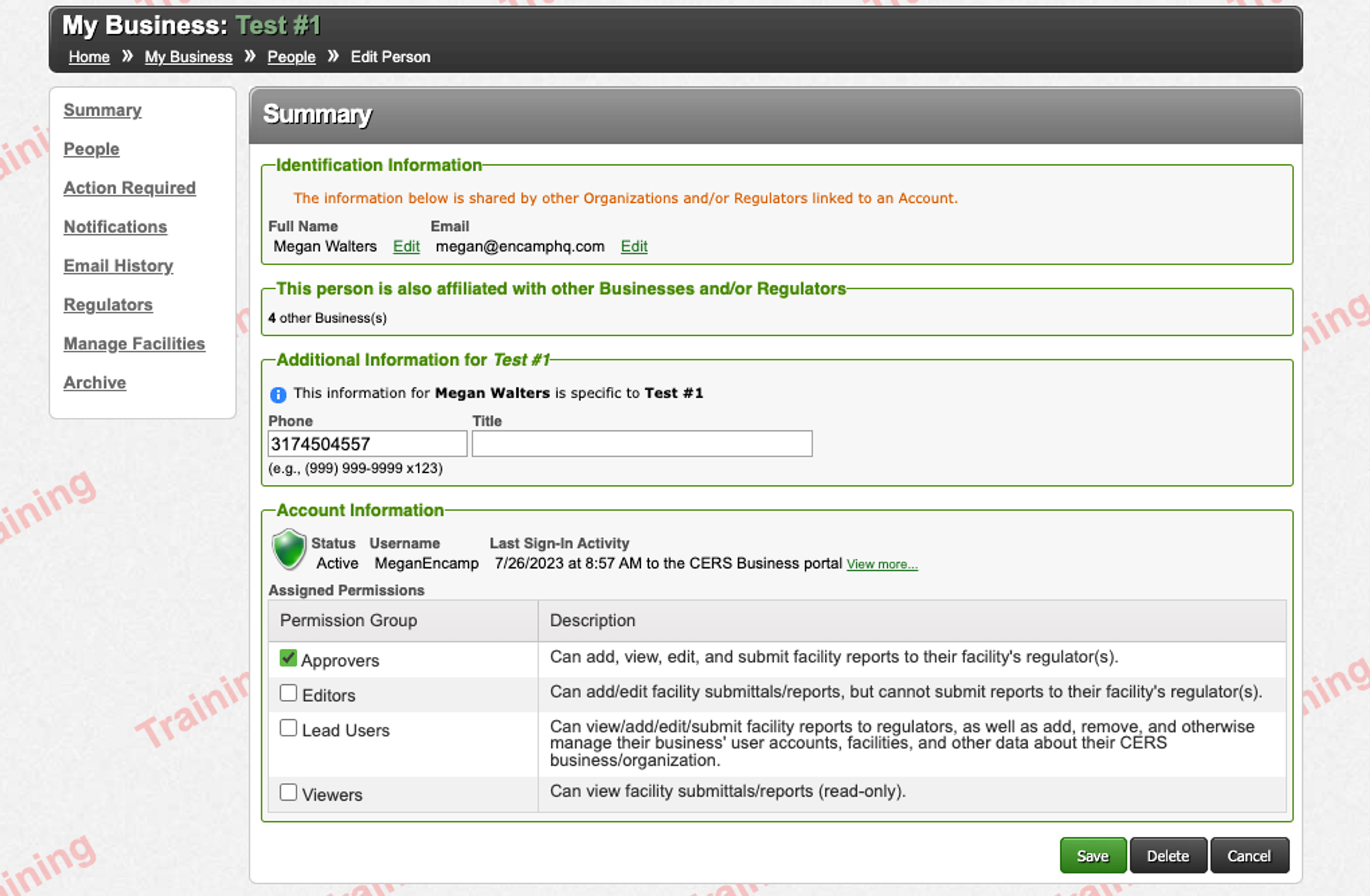California HMBPs and Encamp
This article provides an overview of California's HMBP program, discussing the thresholds for hazardous materials, the essential elements of an HMBP, the nuances from various jurisdictions, and the role Encamp plays in facilitating HMBP compliance for businesses.
NOTE: The HMBP includes the federally-required elements of a Tier II report. Therefore, submitting an HMBP satisfies the federal Tier II submission requirement.
Overview of the HMBP Program
The HMBP Program mandates that businesses have thorough plans in place that detail how hazardous materials are stored, handled, and disposed of. These plans also serve as essential information guides for first responders in case of emergencies, enabling them to respond in the safest and most effective manner.
The California Environmental Reporting System (CERS) acts as the central hub for HMBPs, allowing businesses to electronically submit their HMBP information. The Certified Unified Program Agencies (CUPAs) are responsible for the implementation and enforcement of the HMBP program at the local level.
NOTE: From a Tier II reporting perspective, CUPAs are functionally equivalent to Local Emergency Planning Committees (LEPCs) in other states.
Elements of an HMBP
While the HMBP does collect information about a facility's hazardous materials inventory (similar to other Tier II reports), it additionally collects other information, including:
Aboveground storage tanks
Underground storage tanks
Release incidents
Hazardous wastes
Recyclable materials
Thresholds for Hazardous Materials Inventories
For the HMBP program, reporting thresholds for hazardous materials are lower than the federal Tier II thresholds and those in many other states. To be required to submit an HMBP, a business must handle:
55 gallons or more of a liquid
500 pounds or more of a solid
200 cubic feet or more of a gas
For Extremely Hazardous Substances, 500 pounds or the Threshold Planning Quantity, whichever is lower
NOTE: Some CUPAs may have reporting thresholds that are lower than the ones listed above.
Additionally, many CUPAs require the inclusion of hazardous wastes in the HMBP. Generally, the threshold for reporting hazardous waste is the same as for standard hazardous materials, but some CUPAs require the inclusion of any amount of hazardous waste.
Nuances in HMBP Compliance
Compliance with HMBP does present several challenges to organizations. These include keeping up with regulatory changes, accurate identification and inventory management of hazardous materials, development and maintenance of a comprehensive HMBP, ensuring employee training, and navigating the variations in the implementation and enforcement of the HMBP Program by local CUPAs.
To make things even more challenging, every CUPA may have their own specific requirements, including:
Lower reporting thresholds
Different reporting deadline
Requirements to report hazardous waste
Additional requirements for site maps
RESOURCE: Reporting Batteries in California
How Encamp Fits In
Encamp is built to accommodate boilerplate HMBP requirements, as well as the various CUPA nuances seamlessly. The platform accounts for the different reporting deadlines and thresholds, as well as the requirements to report waste.
After submission, Encamp will manage any revisions and changes requested by CUPAs, ensuring your HMBP is accepted and compliant.
Granting Encamp Access
During the onboarding process, Encamp will request access to your CERS ID so that we can submit reports on your behalf.
Once access is requested, an email will be sent to the "Lead User" on the account. The "Lead User" will need to:
1. Log into CERS and hover over My Business and click on Manage People.
2. The lead user will see a menu similar to what is shown below. Encamp users will need access as an Approver in order to submit on the facility's behalf. Once Approver is selected, click Save.


